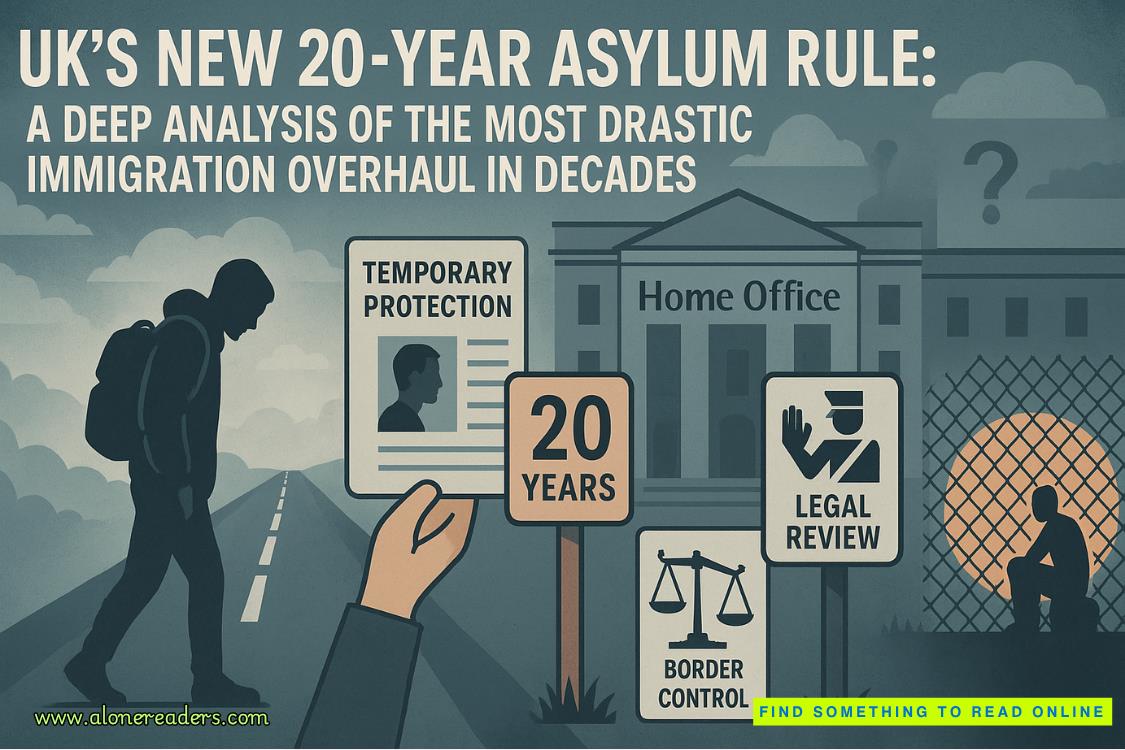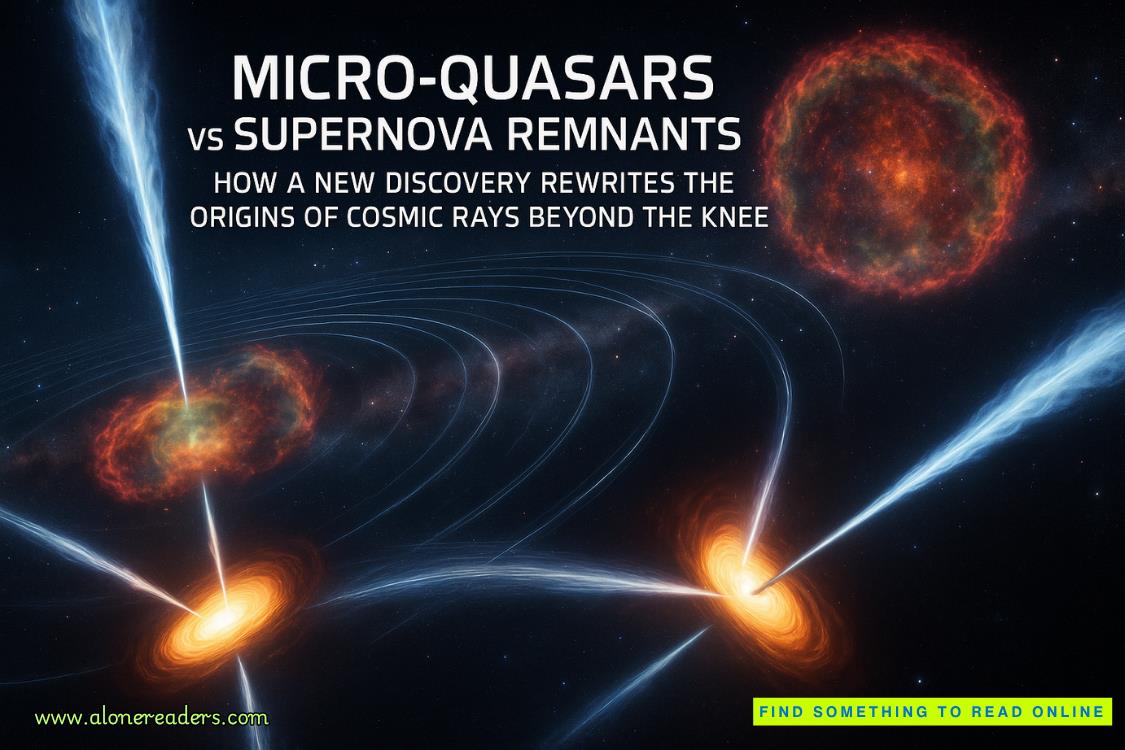Page 53 of Deadly Sacrifice
“I can try. I agree it shouldn’t be up where anyone can see it.” Katie patted her pale cheeks. “I wish I could bleach my eyeballs.”
“Me too.” Pono threw an arm around Katie’s slim shoulders; the kid’s bones crackled as he squeezed. “You’ll be okay. But I won’t say you’ll get used to it.Mahalo ke Akua, we don’t have murders like this every day.”
“Or ever before, thank God. As you said, Pono,” Lei added. “Here’s where we are with tracking the Warriors of Kamehameha.” She summarized their efforts for Katie’s benefit. “Got a big fat nothing on the group so far.”
“Which is interesting in itself.” Katie had a gleam in her eyes again; she tapped a foot clad in a shiny rubber Mary Jane on the floor. “Let me go do some research of my own. I’ll call you down to the Cave if I find anything. Meanwhile, I’ll try to disappear that website.”
“Good luck,” Lei called as her protégée spun on a loud, squeaky heel and headed for the door to the basement.
Once Katie was gone, Lei flopped into her chair. “Now, let’s hope she gets further with her computer than we have with phone calls.”
“Back at it,” Pono said, and reached for his phone once more.
32
LEI
Later that day,Lei made her way down to Katie's Cave with two cups of steaming coffee in hand. She found the young investigator hunched in front of her computer, surrounded by stacks of glossy-jacketed library books. A soft blue glow from the monitor illuminated Katie's face in the dimly lit room. “Hey, Katie. Thought you could use this," Lei said, and placed one of the coffee cups on a clear spot on the desk. She glanced over to the mug area and started. “Oh. I see you brought a coffeemaker down here.”
“But I didn’t have time to make any fresh.” Katie looked up at her mentor, her eyes bloodshot. She took a long sip of coffee, and the warmth of the beverage brought color back to her face. "Thanks, Lei. I’ve been hard at it.”
“What have you found?"
“Well, first of all, the website’s gone. I didn’t have to try to take it down.”
“What?” Lei slid into a nearby chair. “What do you mean, gone?”
“Gone, gone. Not a trace.” Katie took another long swig from her mug. “Guess whoever created it took it down.”
“Can you find any trace of where it came from, or where it went?”
“Nope. All that was masked. Meanwhile, I’ve been researching the Hawaiiankapusystem. I think it might be connected to our case."
“Is that what all these books are for?” Lei leaned forward. “Kapu? You mean the ancient Hawaiian system of rules and taboos, right?"
"Exactly," Katie nodded. "It was a complex code of religious laws and prohibitions that governed every aspect of Hawaiian society until it was abolished in 1819. Here's the interesting part: some of the punishments for breakingkapuwere remarkably similar to what we saw in those videos."
Lei sipped her coffee, intrigued. "Go on."
"Well, for instance, somekapuviolations were punishable by death. The methods varied, but they included strangulation, bludgeoning . . . and even being burned alive." Katie paused, her face grim. "Sound familiar? Except for that last one. And I hope we don’t have one of those!”
Lei felt a chill. "That's . . . disturbingly similar to our victims."
"There's more," Katie continued, shuffling through some books. "Thekapusystem was heavily tied to the concept ofmana. Spiritual power. Breaking akapuwas believed to diminish one'smana, while enforcingkapuincreased it. What if our killers believe they're restoring or increasingmanaby enforcing these ancient laws?"
Lei rubbed her temples, processing the information. "It's a solid theory."
"A wide variety of violations brought a death sentence: a woman eating the wrong kind of food, a commoner letting the king’s shadow fall on him. They even had sort of a ‘Get Out of Jail Free’ card, sanctuaries calledpu‘uhonua, or places of refuge. If thekapubreaker could make it to one of those before the enforcers caught up to him, they couldn’t touch him. The priests would require him to perform some form of penance, and at some point he’d be free to go.”
“Isn’t there a famous one of those on the Big Island?” Lei frowned. “I think I’ve heard of this before.”
“There is one that’s been restored there, but there werepu‘uhonuaon all the islands,” Katie said. “Anyway, there are lots of illustrations that document Hawaiian culture at the time Captain Cook arrived in 1778. Pictures drawn by members of his expedition and artists on later explorations show people being executed, but they only show two methods: strangling them, or whacking them on the head with a club. That leaves me with a question.”
“Only one question?” Lei snorted. “Okay, what’s that?”
“Why was the killer using war weapons to perform executions? From what I can find out, thoseleiomanowere only used in battle, and not for punishingkapubreakers or for sacrifices.”
“Okay, that’s an inconsistency,” Lei said. “Is that it?”















